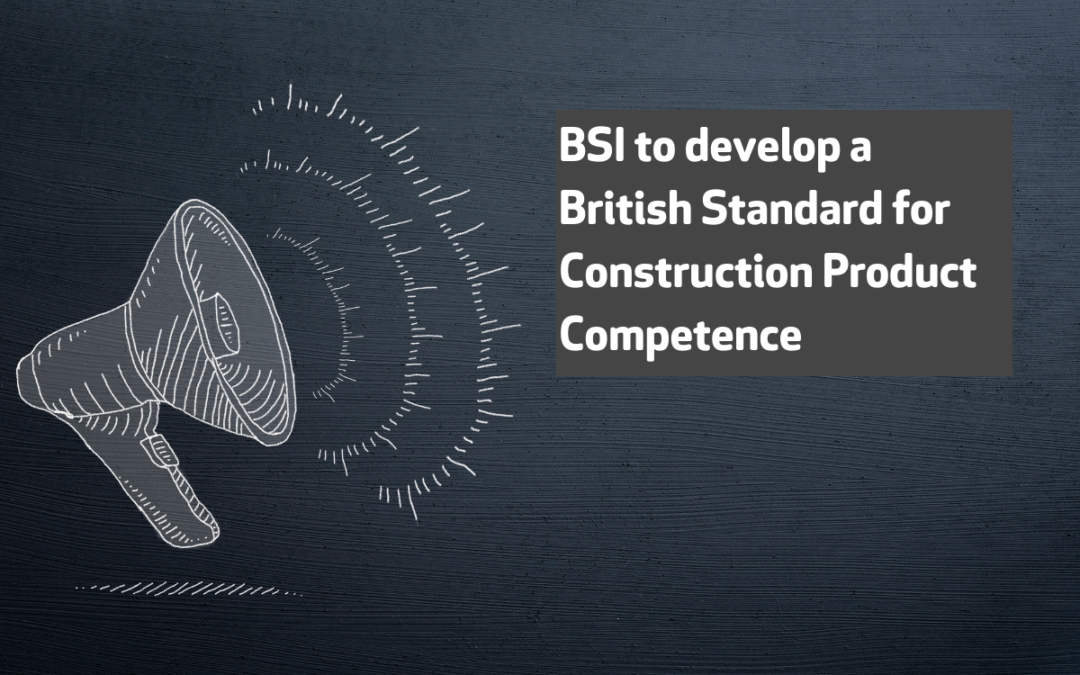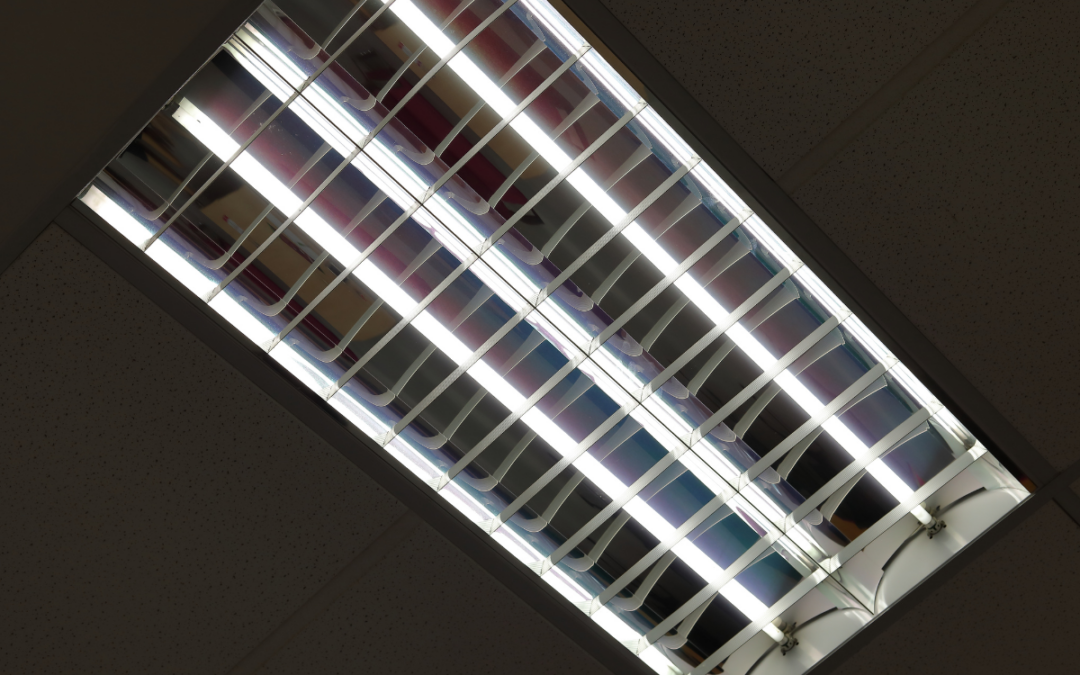
by Clair Mooney | 13 Jul, 2023 | Building Safety Act
The Building Safety Act states that those working in constructing our homes, offices, hospitals and care homes should provide evidence of their competence to the client to submit as part of the applications to build and before occupation of the buildings.
FIS Technical Director Joe Cilia was the Deputy Chair of the group (WG12) that developed the Built Environment – Proposed construction product competence standard – white paper, who alongside the joint Chairs, Hanna Clarke of the CPA and Douglas Masterson at the GAI developed the white paper alongside a dedicated group of industry experts.
The Standard will help organisations and individuals define people’s functions and introduce levels of competence against the function to track an individuals progression.

by Clair Mooney | 12 Jul, 2023 | Building Safety Act, Main News Feed
Ahead of the next phase of the building safety regime coming into effect from 1 October, Build UK has updated its guide and timeline to reflect the regulations and supporting guidance that have recently been published. Changes in the July 2023 version of the guide, which is supported by the CLC, include:
- Clarifying the definition of a Higher‐Risk Building
- A link to the guidance on Key Building Information (KBI), which can now be submitted as part of the registration process for High‐Rise Residential Buildings
- Updated information on the new building control framework
- New guidance on Planning Gateway One and confirmation that hospitals and care homes are excluded from the requirements
- An updated link to guidance on the Regulatory Reform (Fire Safety) Order.
To ensure businesses across the supply chain are aware of their responsibilities under the new regime, Build UK is sharing its guide through Building Magazine. In an article published yesterday, Build UK Chief Executive Suzannah Nichol explained: “We believe that helping the whole supply chain to see the bigger picture will make it easier for everyone to understand where they fit in and what their responsibilities are…No one company or organisation can do this alone. We talk a lot about collaboration and this really does need a combined effort from Team Construction.”

by Clair Mooney | 29 Jun, 2023 | Building Safety Act
The Department for Levelling Up, Housing and Communities has issued guidance which relates to the legal criteria for determining whether a building is considered a higher-risk building under the Building Safety Act 2022 and the Higher-Risk Buildings (Descriptions and Supplementary Provisions) Regulations 2023. It relates to the definition of higher-risk building during the occupation phase of the higher-risk regime only.
This guidance sets out the criteria for a building to be a higher-risk building during the occupation phase of the higher-risk regime. Higher-risk buildings are subject to the requirements of the new higher-risk regime directly overseen by the Building Safety Regulator (the Regulator).
Higher-risk buildings, for the in-occupation requirements under Part 4 of the Building Safety Act 2022 (the Act), are defined in section 65 of the Act and the Higher-Risk Buildings (Descriptions and Supplementary Provisions) Regulations 2023 (the Regulations).
The obligations in Part 4 of the Act largely apply to occupied buildings and this is, therefore, referred to as the ‘in-occupation’ part of the regime. To understand whether a building is a higher-risk building, the Act and the Regulations need to be considered together.
For the in-occupation part of the regime, higher-risk buildings are defined as buildings with at least two residential units which are at least 18 metres in height or have at least seven storeys. The definition of “higher-risk building” is only for the purpose of the new higher-risk regime. The definitions in the Act and Regulations do not amend definitions in other legislation or definitions of building in other parts of the Act, such as the definition of “relevant building” under section 117 of the Act which defines a ‘relevant building’ for the purpose of the leaseholder protections under sections 119 to 125 and Schedule 8 of the Act.
This guidance document includes the relevant text from the Act and Regulations with explanations and diagrams. It is a tool to help potential principal accountable persons and accountable persons determine if the building they are responsible for is a higher-risk building. This guidance and the specifics and circumstances of your building need to be considered by you when discharging your duties under the Act and the Regulations. Diagrams in this guidance document show examples of potential buildings and are for illustrative purposes only. You will need to consider the legislation carefully to understand whether you are responsible for a higher-risk building in scope of the higher-risk regime. You may wish to seek legal advice on this.
In addition to becoming a higher-risk building under the Act and the Regulations, your building may also be subject to other legislation and statutory duties, such as the Regulatory Reform (Fire Safety) Order 2005. You will need to work with the relevant dutyholders in the building to ensure it is safe.

by Clair Mooney | 15 Jun, 2023 | Building Safety Act
The lights are going out on fluorescents – so what should you do?
The UK Government plans to phase out of all types of fluorescent lamps under the Restriction of the use of Hazardous Substances (RoHS) directive by 2024.
For decades fluorescent lighting has been fundamental in illuminating installations such as offices, schools and factories. Throughout the years, these luminaires have evolved from the T12 fluorescent batten which incorporated switch start control gear, to the T8, T5 or Compact Fluorescent Lamp (CFL) which are controlled by a high frequency electronic ballast.
The improvement in technology regarding the starting and controlling of fluorescent lamps with electronic gear reduced the consumers electricity bills and reduced the amount of heat energy emitted by the “thicker” T12 style lamp.
However, the last ten years have seen the gradual replacement of the fluorescent luminaire with the more efficient Light Emitting Diode (LED) fitting. This will continue to be the case, as the UK Government has followed the European Union’s lead in recent years by implementing the RoHS legislation which has already seized the manufacture of the T12 type lamp and has a directive of stopping the production of the remaining styles of florescent lamps by 2024.
These lamps contain mercury gas, which has been banned in the manufacturing of products. However, an exemption was implemented for the production of the fluorescent lamp. These lamps will still be in circulation and available to purchase until the dates of September 2023 for the T8 and February 2024 for the T5 and CFLs, when the manufacturing of lamps will end.
Although the availability of the lamps may aid maintenance, manufacturers have slowed the production of electronic control gear and inverters as the demand for the LED luminaire has increased.
Specifiers, clients, duty holders and landlords etc should consider the above information when consulting with their electricians regarding the method of illumination that should be used in properties when existing fluorescent lighting is present, considering the problems that may arise for maintenance, in the future.
Source: https://select.org.uk/SELECT/Website/Professionals_News/2023/June/lights_going_out_fluorescents.aspx

by Clair Mooney | 14 Jun, 2023 | Building Safety Act, Main News Feed
FIS is aware of a report raised through CROSS (Collaborative Reporting for Safer Structures UK) that highlights a potential gap in understanding around testing of fire-resistant glazed doors and screens. The particular issue concerns the construction of the threshold in the supporting construction and the incongruence with typical threshold constructions on sites with raised access floors.
The report can be viewed on the CROSS website HERE.
CROSS is a confidential reporting system which allows professionals working in the built environment to report on fire and structural safety issues. These are then published anonymously to share lessons learned, create positive change, and improve safety.

by Clair Mooney | 26 May, 2023 | Building Safety Act
Build UK has updated its comprehensive guide to the building safety regime to reflect the latest secondary legislation and guidance that has been published. Changes in the May 2023 version include:
- Updated guidance on the Safety Case which must be prepared by the Principal Accountable Person
- The latest information on the new building control system, including the Operational Standards Rules for Building Control Bodies and competence framework for Building Inspectors
- A link to the Independent Review of the Construction Products Testing Regime led by Paul Morrell OBE, Testing for a Safer Future
- A link to the guide on safety‐critical elements published by the CIOB in partnership with RIBA.
Build UK has also published a timeline showing when key changes are taking effect to support the implementation of the Building Safety Act. There will be further changes over the next 12 months, including the introduction of new regulations, and the timeline will be regularly updated alongside the guide to help provide clarity for members.





